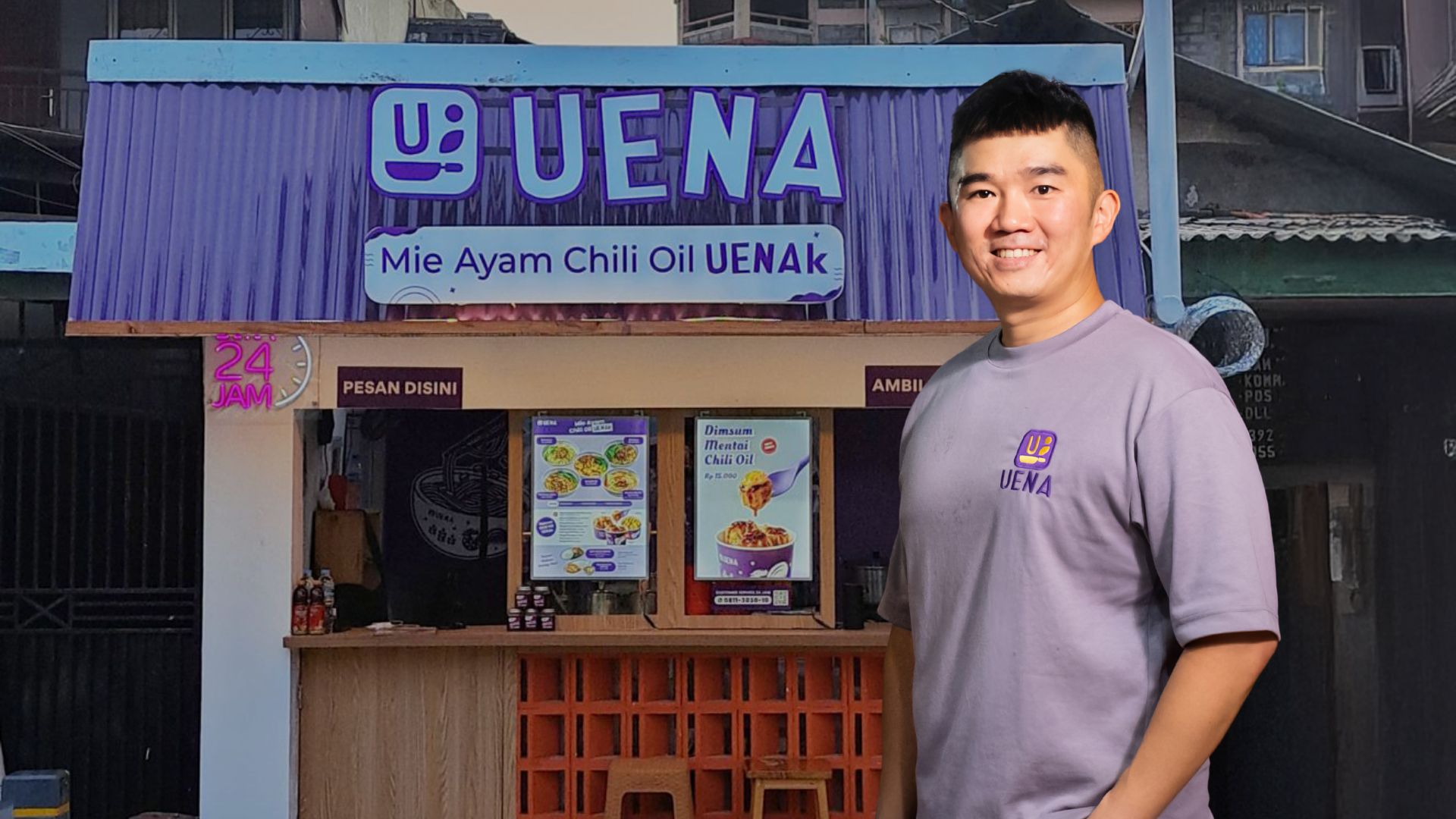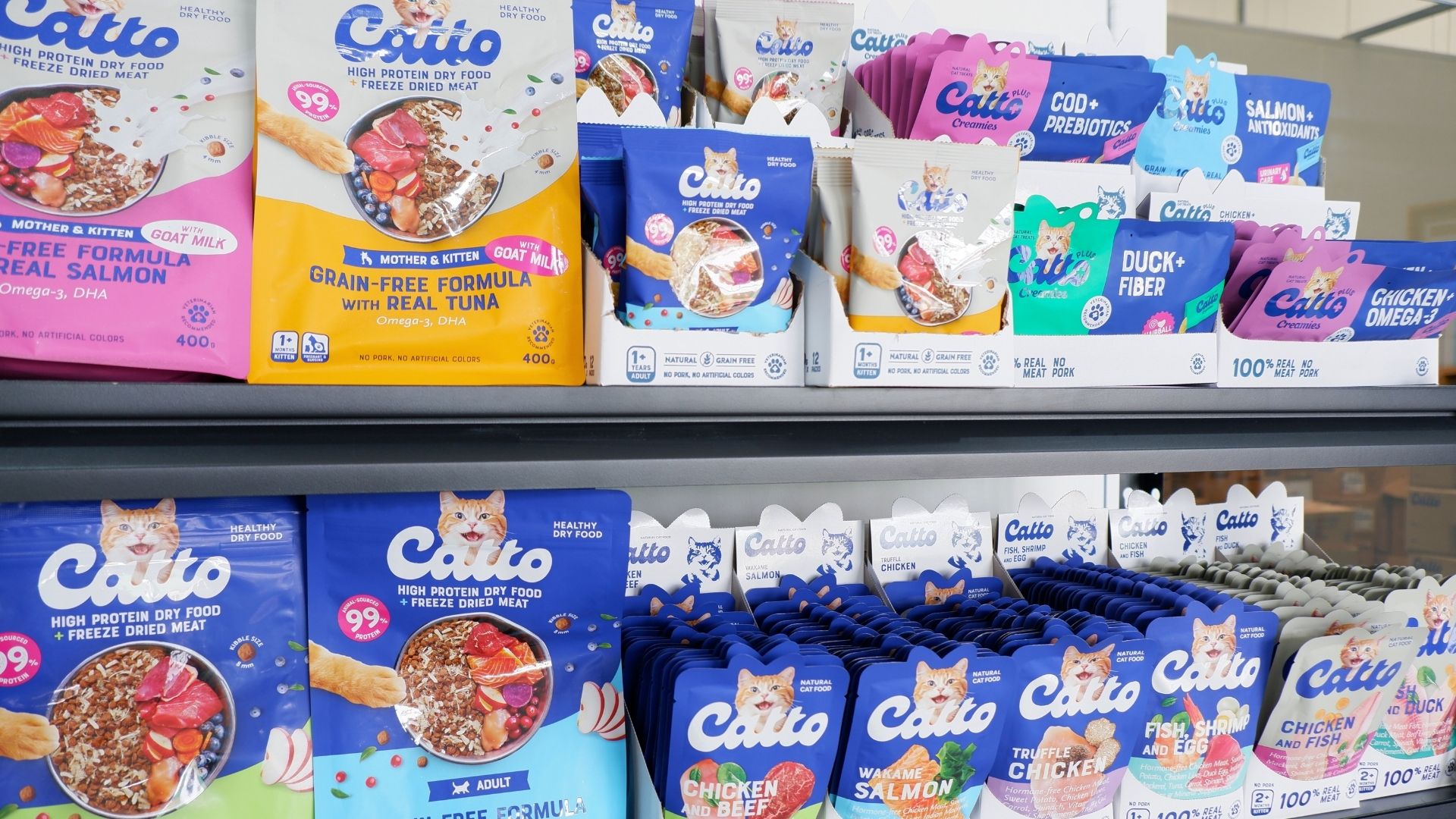More Indonesian companies such as apparel manufacturer Pan Brothers are banking on the sun in their march towards sustainability.
In January, three factories of Pan Brothers in Boyolali regency, Central Java, began operating rooftop solar panels that can generate 1,800 kilowatt peak (kwp), the rate at which they generate energy at peak performance such as on a sunny day in the afternoon.
Similar panels, generating 130kwp, have been fixed at another facility of the firm in Sragen regency, in the same province, and installation work is under way at a third location in Serang regency, in Banten province.
All the solar panels will generate 2,554kwp in total and should lead to a reduction of the equivalent of 2.1 million kg of carbon dioxide each year.
Pan Brothers solar project manager Wisno, who like many Indonesians has only one name, said the switch to clean energy was partly driven by demand from overseas buyers who want reductions in carbon footprint.
But, he acknowledged that the panels also led to cost savings.
“Solar panels are effective for four to five hours a day… Based on the simulation, the installation will cut our (electricity) costs by 6 to 8 per cent a year,” he told The Straits Times (ST).
By using the on-grid solar power panels, the firm enjoys a 20 per cent discount on its electricity tariff.
Pan Brothers, which supplies global brands including Adidas and Nike, is now planning for the next phase, in which it will store solar energy for night use, Mr Wisno said.
Driven by market pressure and the lure of lower electricity costs, more and more Indonesian companies such as Pan Brothers are shifting to solar power, a move that will help Indonesia, among the world’s top 10 largest emitters, to reduce its carbon emissions.
This drive towards solar has expanded business opportunities for start-ups and companies that rent out rooftop panels, such as Xurya Daya Indonesia, which was the supplier to Pan Brothers, and Surya Utama Nuansa (SUN) Energy.
Solar panels are expected to generate 3.61 gigawatt of power by 2025, leaping from an estimated 90MW last year. At present, sizeable up-front investment often deters Indonesian businesses and households from turning to them.
Xurya has 58 companies currently renting its panels, and they are mostly in the manufacturing industry such as in the textile and automotive sectors.
But it is also working to install them in another 39 companies this year, including outside the main Java island.
“We see extraordinary (growth) potential for solar power plants in Indonesia,” Xurya vice president for marketing George Hadi Santoso told ST. “We are aiming to grow our business three times this year.”
In mid-January, Xurya, which was set up in 2018, secured US$21.5 million (S$29.1 million) in funding from several investors led by South-east Asia’s venture capital firm East Ventures and local investment firm Saratoga Investama Sedaya, which Mr George said would support the firm’s business expansion plans.
SUN Energy chief commercial officer Dionpius Jefferson said the company hoped to secure a few more projects to achieve the goal of finishing 100 of them from 2018 till the end of this year.
SUN Energy, which used to sell solar panels before shifting to the rental business in 2018, has so far secured 90 projects totalling 115MW, half of which are still ongoing.
“We have an aggressive target. We’re trying to fulfil it this year,” Mr Dionpius told ST, adding that its key targets would be companies working in the energy-intensive industry, including cement, ceramics and plastic.
Both Mr George and Mr Dion noted that the biggest obstacle to meeting their business targets was the difficulty in obtaining a permit from the state electricity supplier Perusahaan Listrik Negara (PLN) for the installation of the panels.
In some locations, getting the license may take a few months, Mr George said.
Mr Dion, on his part, said that the PLN had imposed additional requirements for companies willing to set up rooftop solar panels.
These include a demand for the companies to upgrade their service to one where the minimum electricity use calculated is often higher than actual usage, resulting in a higher tariff.
“It is inevitable that the installation of solar panels will shrink PLN’s revenue. It must change its (business) target,” Mr George said, stressing that the development of solar power should count as PLN’s key performance indicators.
The potential market for rooftop solar panels in the commercial and industry sectors in Indonesia remains big, annually reaching 1 gigawatt, at least for this year and next year, Mr Fabby Tumiwa, executive director of the Institute for Essential Services Reform (IESR), a think-tank, estimated.
The rate offered in a long-term leasing contract for solar power was on average 10 per cent to 15 per cent lower than the electricity supplied by PLN, he said.
“They want green power from renewable energy sources, and at the same time aim to lower their production costs through the reduction of their energy costs. This is an extraordinary appeal,” Mr Fabby said, referring to what businesses are clamouring for.
***
Original article on The Straits Times.






